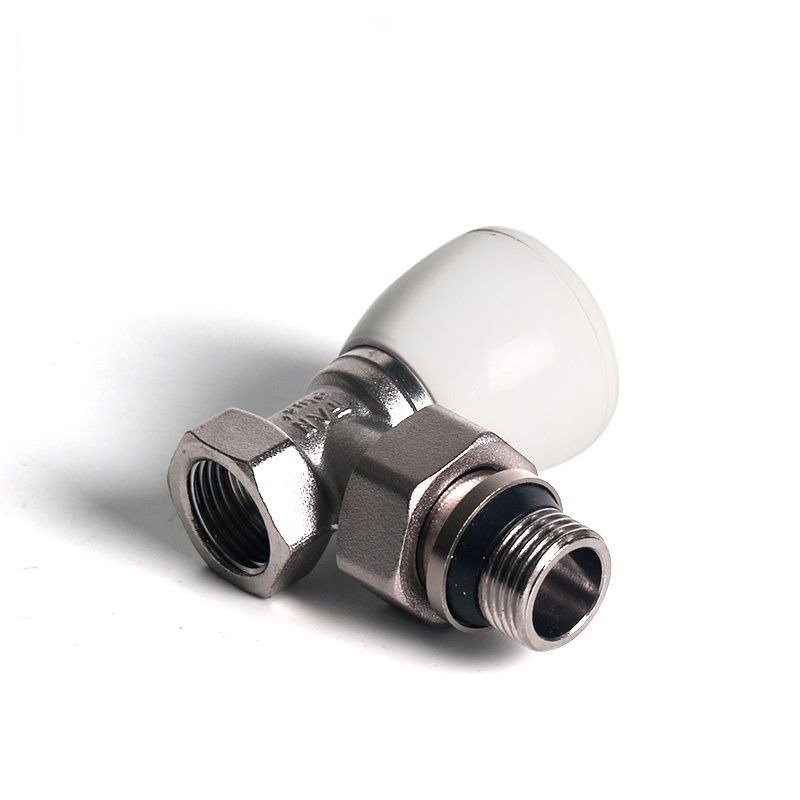Picture this: it’s freezing outside, you’re counting on your steam radiator to warm up your space, but it’s just sitting there—cold and useless. Frustrating, right? If it’s not fixed, you’re stuck shivering, wasting energy, and maybe even facing costly repairs. Don’t worry—there’s a simple fix, and this article will walk you through why your radiator’s letting you down and how to heat things up fast.
Your steam radiator isn’t getting hot because the steam control valve might be stuck, broken, or clogged. Air could be trapped inside, or the pressure’s off. A quick check of the valve and a bleed might solve it—or it’s time for a quality replacement from a trusted supplier like IVALVECRAFT.
Curious about what’s really going on with your radiator? Stick around—we’re diving deeper into valves, costs, and fixes to keep your system running smoothly and your customers happy.

What does a steam control valve do?
A steam control valve is the unsung hero of your radiator system. It’s like the gatekeeper that decides how much steam flows into the radiator to heat your room. When you twist it, you’re telling the steam, “Hey, come on in!” or “Slow down a bit.” If it’s working right—like the brass thermostatic radiator valves from IVALVECRAFT—it keeps the heat steady and the pressure just perfect. But if it’s stuck or busted, no steam gets through, and you’re left with a cold radiator. Ever tried figuring out a Danfoss radiator thermostat how to use? It’s similar—simple once you get the hang of it, but quality matters. A good valve also saves energy and stops those annoying bangs and clanks from pipes. For wholesalers or procurement officers, stocking reliable valves means happy clients and fewer returns.
How much does it cost to replace a steam radiator valve?
Let’s talk money—replacing a steam radiator valve isn’t cheap, but it’s not a budget-buster either. On average, you’re looking at $50 to $150 for a solid valve, like IVALVECRAFT’s pressure reducing valves or brass safety valves. Add labor, and it might climb to $200-$400, depending on where you are—say, the UK or Poland—and how tricky the job is. DIYers hitting up a chain supermarket might save a bit, but pros buying wholesale for construction projects get better deals. Compare that to a Danfoss radiator thermostat manual setup—similar cost, but our valves promise stable export pressure and flow. Cheap valves might save you a few bucks upfront, but they’ll fail fast, costing more later. Investing in quality now keeps your customers warm and your wallet happy.
What are the two valves on a radiator for??
Ever wondered about those two valves on your radiator? They’re like the dynamic duo of heat control. One’s the steam control valve—it lets steam in to heat things up. The other’s usually a lockshield valve or bleed valve, there to balance the system or let trapped air out. If you’re fiddling with a Danfoss radiator how to use setup, it’s the same deal—adjust one to turn on the heat (how to turn on Danfoss radiator, anyone?), and tweak the other to keep it even. For IVALVECRAFT’s thermostatic mixing valves or manifolds, both work together to ensure sufficient flow rate and cozy rooms. Procurement officers sourcing for big projects know this duo cuts energy waste and boosts efficiency. Mess one up, though, and your radiator’s either freezing or overheating—balance is key!
Wrapping it up
So, if your steam radiator’s not heating up, it’s likely a valve issue—stuck, clogged, or just plain old. We’ve covered how steam control valves manage heat, the $50-$400 cost to replace one, and why those two radiator valves matter. Whether you’re a purchasing officer in Germany or a wholesaler in Romania, quality valves solve problems fast. Check out IVALVECRAFT’s high-quality brass thermostatic radiator valves or mixing pump heating centers on Alibaba or at trade shows.
Choose IVALVECRAFT, choose reliable partner, enjoy the high quality and best service.


